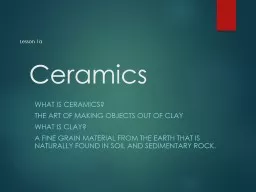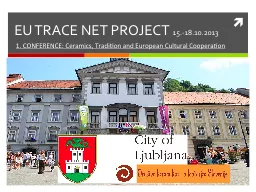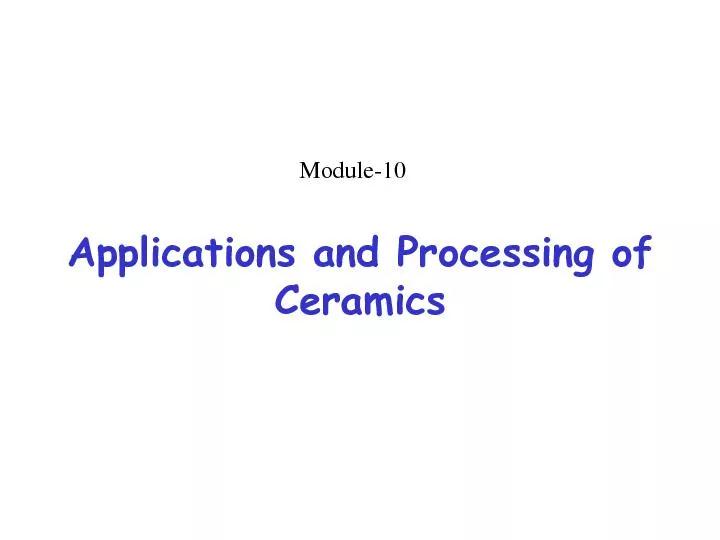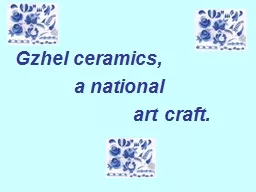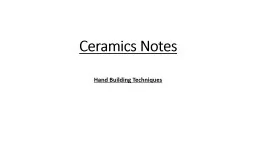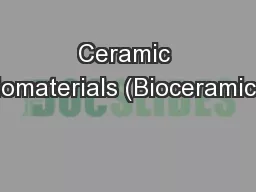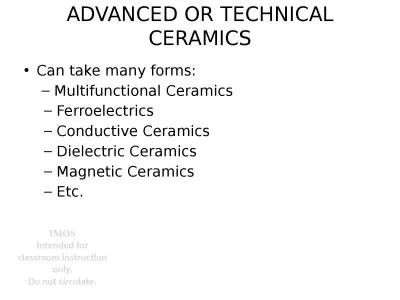PPT-Ceramics What is Ceramics?
Author : pamella-moone | Published Date : 2019-02-08
The art of making objects out of clay What is Clay A fine grain material from the earth that is naturally found in soil and sedimentary rock Lesson 1a Hand building
Presentation Embed Code
Download Presentation
Download Presentation The PPT/PDF document "Ceramics What is Ceramics?" is the property of its rightful owner. Permission is granted to download and print the materials on this website for personal, non-commercial use only, and to display it on your personal computer provided you do not modify the materials and that you retain all copyright notices contained in the materials. By downloading content from our website, you accept the terms of this agreement.
Ceramics What is Ceramics?: Transcript
Download Rules Of Document
"Ceramics What is Ceramics?"The content belongs to its owner. You may download and print it for personal use, without modification, and keep all copyright notices. By downloading, you agree to these terms.
Related Documents

